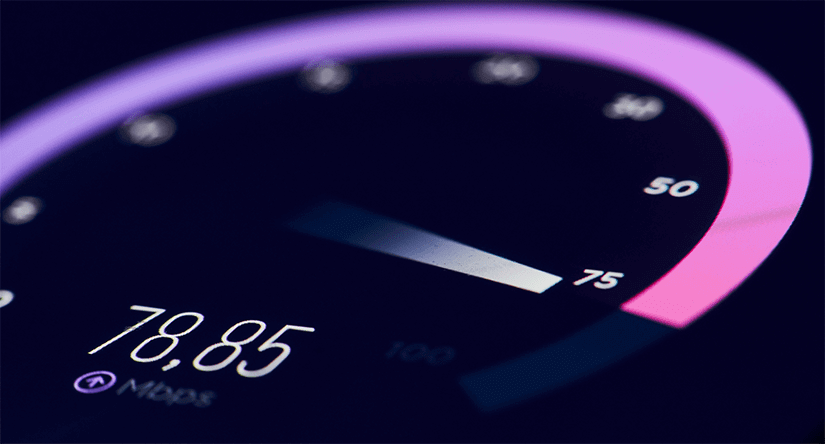Everyone wants a faster internet connection; faster means doing all the things we love to do online better. When we talk about how fast a connection is, the first thing you think of is probably the download speed, but how often do you consider upload speed?
The often-overlooked upload speed is increasingly becoming a bottleneck, holding our internet connections back from letting us do the things we love quickly and reliably.
What does upload speed even do?
It's easy to imagine your internet connection as a one-way stream of data flowing from all corners of the internet to your devices, but really the connection is a two-way street. Your devices constantly send small (or large!) amounts of data upstream to the internet. All data sent from your devices to the internet is classified as uploading, while everything received is downloading.
Uploading includes lots of everyday activities like adding email attachments, storing files in the cloud, or using a webcam. For all these things and more, your upload speed is doing the heavy lifting, and your download speed is much less critical.

Is my upload speed fast enough?
For most of the time the internet has been around, there wasn't much need for a fast upload speed at home, and internet plans were designed to reflect that. With only so much bandwidth to go around, most of a plan's available speed was assigned to downloading, with only a fraction left for uploading.
For example, one of the standard nbn™ speed tiers is 25/5Mbps, which means the maximum theoretical download speed is 25Mbps, while the maximum theoretical upload speed is 5Mbps. This configuration made sense back in the day, but the surge in demand for upload speed, fuelled by work-from-home and cloud services (among other things), has pushed these plans to breaking point.
If you've ever been a pixelated mess in a video call, or your connection has timed out trying to add an email attachment, that was probably your upload speed. If you've ever sent a video to a friend and sat there waiting for the sending icon to slowly make its way around, that's your upload.
What upload speed should I be looking for?
The first thing to consider is that your upload speed is shared between every device on your network and depends on your Wi-Fi signal's strength to achieve its potential. With this in mind, the upload speed you should be aiming for will depend on your internet usage patterns.
If you're a light user who mostly just browses the web, uses social media, and watches videos, you can likely get away with 5-10Mbps upload speed.
If you work from home or regularly use a cloud service such as Google Drive, Dropbox or iCloud, 20Mbps is closer to the sweet spot.
For heavy users and for futureproofing, the higher your upload speed, the better. Let's say you want to try your hand at streaming on Twitch or upload 4k videos to YouTube; you're going to want 40Mbps or higher.
Ultimately faster is always better to ensure you've got enough when you need it, especially if you share your connection.
So, what do I do now?
The bottom line is that the demand for fast upload speeds is growing, and it's time to pay closer attention to the second half of your speed test results.
The best thing you can do is ensure that your internet plan is adequate for the upload needs of our digitally connected future. If you're unsure where to start, it's easy to get in touch with our local team, who can talk you through a connection health check and find out what upload speeds are possible using the existing internet technologies available at your address.
Once Pentanet neXus arrives in your area, the speeds attainable over its next-gen wireless tech will essentially make upload speed a solved problem. Still, until then, it's definitely worth making the most of your connection to ensure you can continue to do the things you love.








